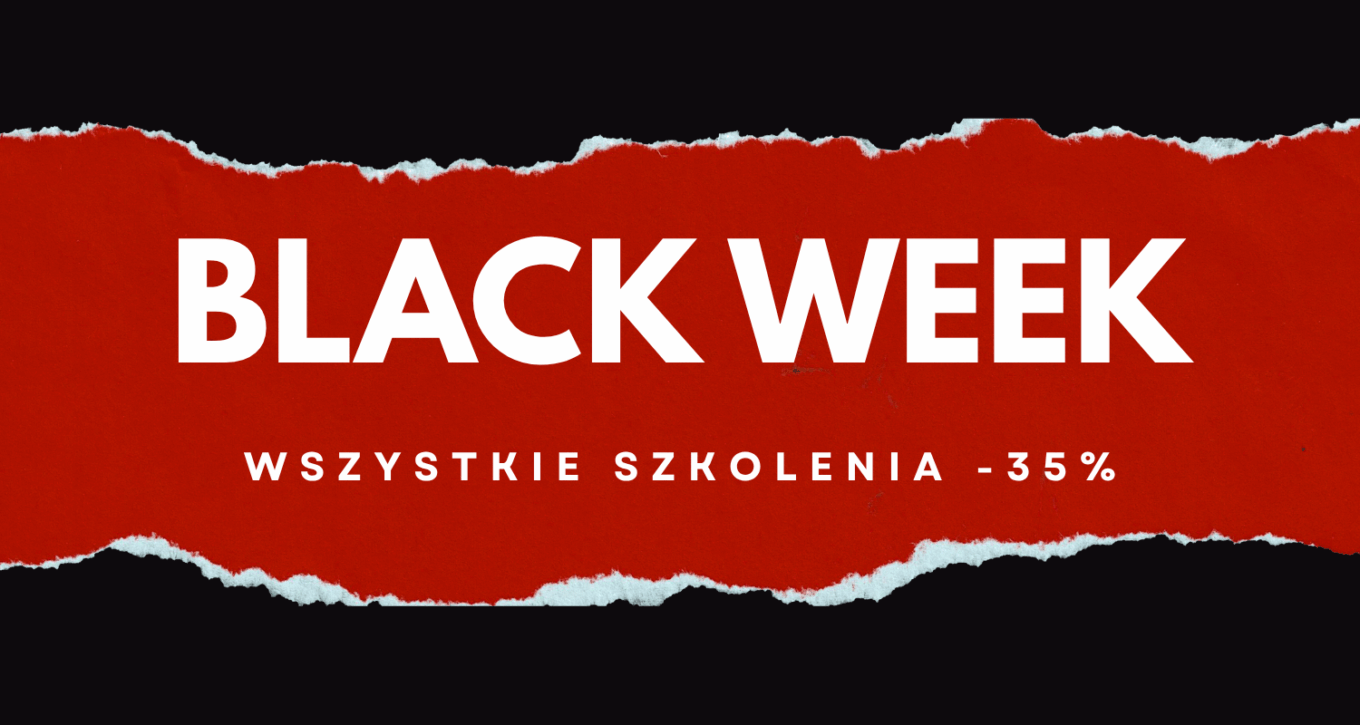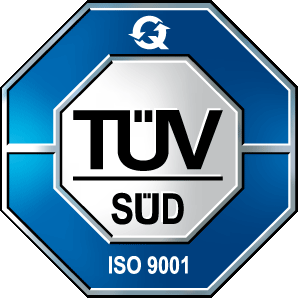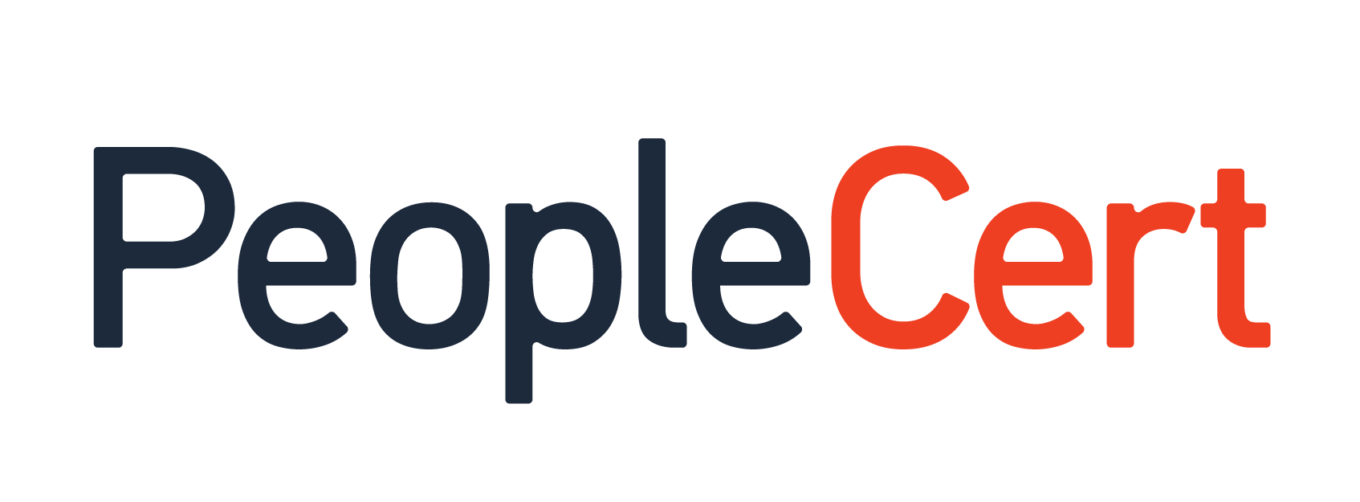Dlaczego warto inwestować w coś tak niematerialnego, nieoczywistego i trudno mierzalnego, jak kultura project management proces? Jakie jest uzasadnienie biznesowe dla utrzymywania metodyki, biura zarządzania projektami i inwestycji w kompetencje i narzędzia. Po co tworzyć całą tę „biurokrację” i „papierologię”, jak często pytają nieprzekonani? Mógłbym z pozycji konsultanta mnożyć uzasadnienia i powoływać się na najlepsze praktyki i statystyki. Wolałbym jednak przywołać konkretne przykłady kilku Klientów, z którymi mieliśmy przyjemność pracować. Przykłady wyzwań, które są dość powszechne i powtarzają się w wielu firmach.
Case one
The management board decided to implement the project management methodology because it was looking for a method to deal with the company's "perennial problems" which, despite many attempts, could not be solved operationally.. Current work has always been a perfect justification for postponing these challenges until the "later" that never comes. Selected sample problems:
• lack of an efficient, company-wide system for creating, integrating and approving the budget,
• lack of precise information about the company's current assets, which have grown significantly over recent years of dynamic development,
• high costs of maintaining many bank accounts, which were a consequence of the company's active acquisition policy (each of the several dozen acquired companies had its own bank accounts).
Our response was to design and implement an organizational project management methodology and launch 3 pilot projects that, within the agreed deadline and with a clear assignment of responsibility to project managers, solved each of these problems:
• a clear procedure for constructing the budget was created (which is now a project-based task in this company every year),
• a precise inventory of the company's assets was carried out and data in the ERP system was updated (the implementation of which was a parallel project),
• the number of bank accounts was reduced from several dozen to several leading ones, which also involved negotiating much better terms of cooperation with selected banks and, as a result, significantly reduced the fixed costs of banking services.
Case two
After being taken over by an external investor and defining long-term goals related to increasing its value, the company faced the challenge of designing a new operating strategy.. It was intended to integrate and motivate the management and, consequently, help achieve new, ambitious goals. The board realized that developing a new strategy was itself a project. It quickly became obvious that even the most motivating strategic goals would be difficult to achieve without the effective implementation of the projects leading to them.
Our response was to design and implement an organizational project management methodology, and then conduct a pilot project to update the company's strategy. The next step was to divide the approved strategic goals into a portfolio of projects, and to launch and carry them out in accordance with the previously approved methodology. We achieved three important business goals with our client:
• we defined a new strategy in response to the business expectations of the new investor,
• we have designed a portfolio of projects ensuring the implementation of the strategy,
• we have created and implemented a project management methodology to support the implementation of projects defined in the portfolio.
Case three
In line with current trends, the company decided to stand out through innovation to achieve a lasting competitive advantage. The strategic goal defined in this way "flowed down" to the company from its distant overseas headquarters. The management faced a dilemma: how to make the company innovative and how to define and measure the expected degree of innovation. The answer was to conduct a project that defined what innovation meant for this organization and outlined the actions leading to its achievement. One of them was to adapt the organizational environment to the rapid implementation of innovations by designing and implementing an organizational project management methodology and then establishing a project management office.
The most innovative and creative ideas have no value if we cannot efficiently implement them in the form of projects. Thanks to joint activities:
• we have defined what innovation means in the next 2 years,
• we have prepared a list of projects leading to the achievement of the expected level of innovation,
• we have developed and implemented a project management methodology,
• we have established a project management office that monitors the effectiveness of implementation of approved projects.
In all these cases, the response to the needs related to organizing or stimulating the development of the organization was to improve the project management culture by designing and implementing a methodology. It turned out to be a solution to both long-term, strategic challenges and seemingly mundane, but very important, current organizational problems. But how to skillfully design a methodology? More on this in my next post in a few weeks. I invite.
Author: Piotr Plewiński










